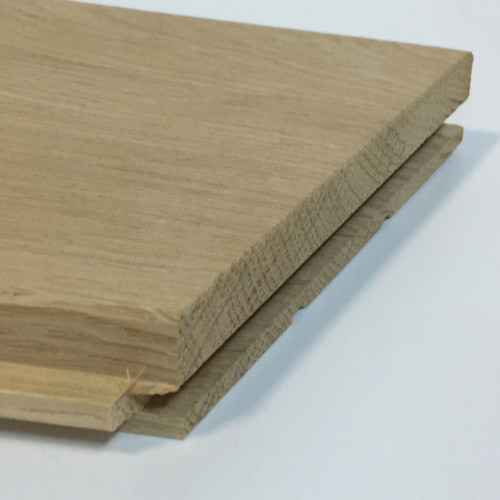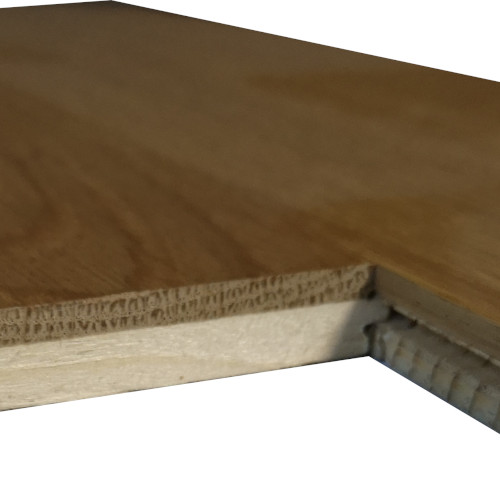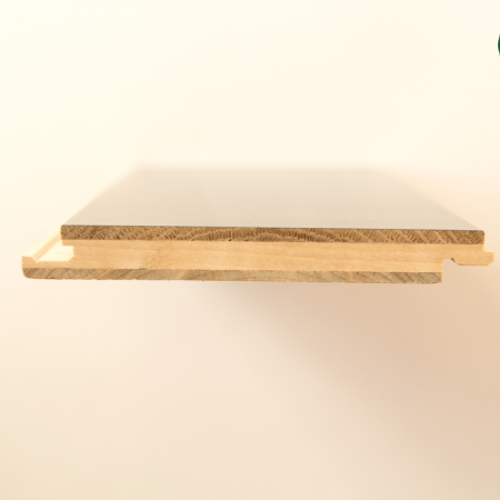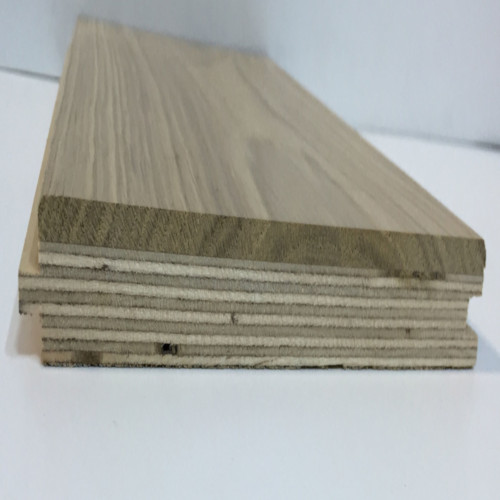Types of Parquet
About Solid/2 Layer/3 Layer/Multi-layer Parquet
The price of wood flooring varies depending on the type of wood and construction chosen, solid wood is more expensive than (2 layer, 3 layer, multi-layer parquet)
Wood flooring can be glued on screed or wooden subfloor, nailed or stapled to a wooden subfloor, and it used to be recommended that you get a craftsman to help lay it instead of doing it yourself.
Solid wood flooring

It is beautiful, natural and nice to walk on,if it gets worn it can be sanded several times, giving it a very long service life.
Wood is a living material, the floor is affected by fluctuations in humidity and temperature. parquet flooring in a warm, dry room can dry out and shrink, on the other hand, cold and damp can cause the wood to swell. You can’t have underfloor heating beneath a solid wood flooring
Wood flooring 2 layer

Top layer: The uppermost layer the so called top or wear layer is made from real wood that is at least 2.5 mm thick. A variety of noble woods can be used for the top layer for example: oak, beech, maple, walnut or cherry tree. The top layer can be sanded and refurbished several times making it particularly resource-friendly.
Supporting layer/Underlay: The supporting layer is made of softwood elements (spruce-fir underlay) bonded crosswise the top layer or an HDF substrate, which is a wood composite.
Wood flooring 3 layer

The 3-layer parquet makes fewer demands on the subfloor and accommodates a floating installation or glued.
The products are also suitable for installing on underfloor heating systems (it's recommended only glued, for best heat transfer resistance)
Top layer: The uppermost layer the so called top or wear layer is made from real wood that is at least 2.5 mm thick. A variety of exotic woods can be used for the top layer for example: oak, smoked oak, walnut, etc.
Middle layer: The middle layer consists of softwood elements (spruce fir), which are glued across the surface
Countering layer: It further stabilises the overall construction and is made from spruce veneer.
Wood flooring multilayer

Multi-layer parquet element comprises a combination of wood and/or wood materials that are glued together. Each layer is made of wood. Put simply: multi-layer parquet is a solid wood floorboard with a multi-layered structure. Each layer is always glued at a 90° fibre direction to the previous layer. This achieves both higher form stability and less movement in the wood. Contraction and expansion, when the floorboards shrink or expand when humidity levels change, is substantially reduced
Multi-layer parquet has a low heat transfer resistance, multi-layered floorboard reacts less to climatic changes than, solid wood flooring.
Parquet flooring with a multi-layer structure and a prescribed top layer of at least 2.5 mm can be sanded at least twice if it is glued down across its entire surface.
It is a widely spread misconception that multi-layer floor can be sanded down as often as you wish. In reality this is not recommended because the tongue and groove joint will be reached after a few sanding processes

